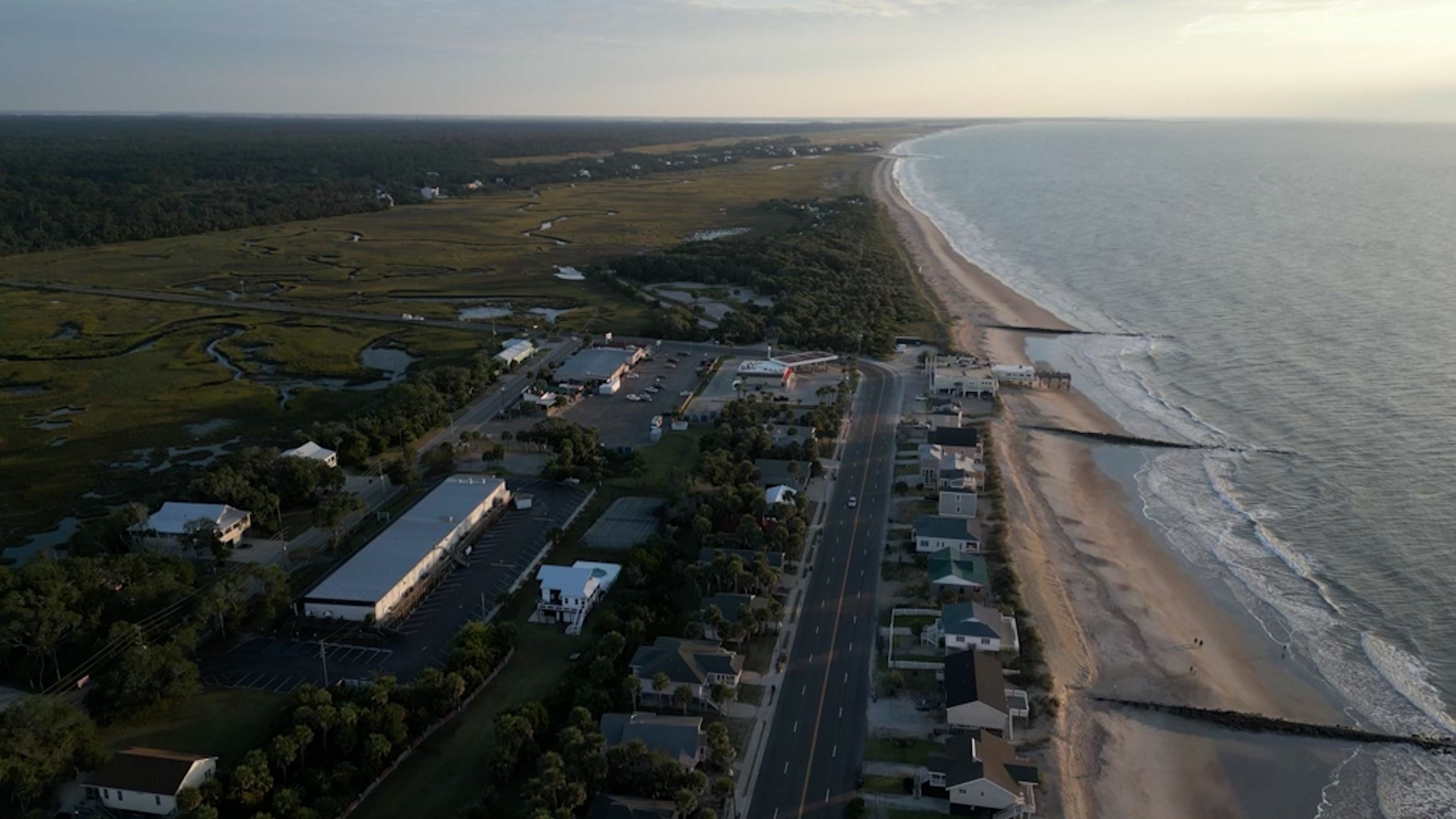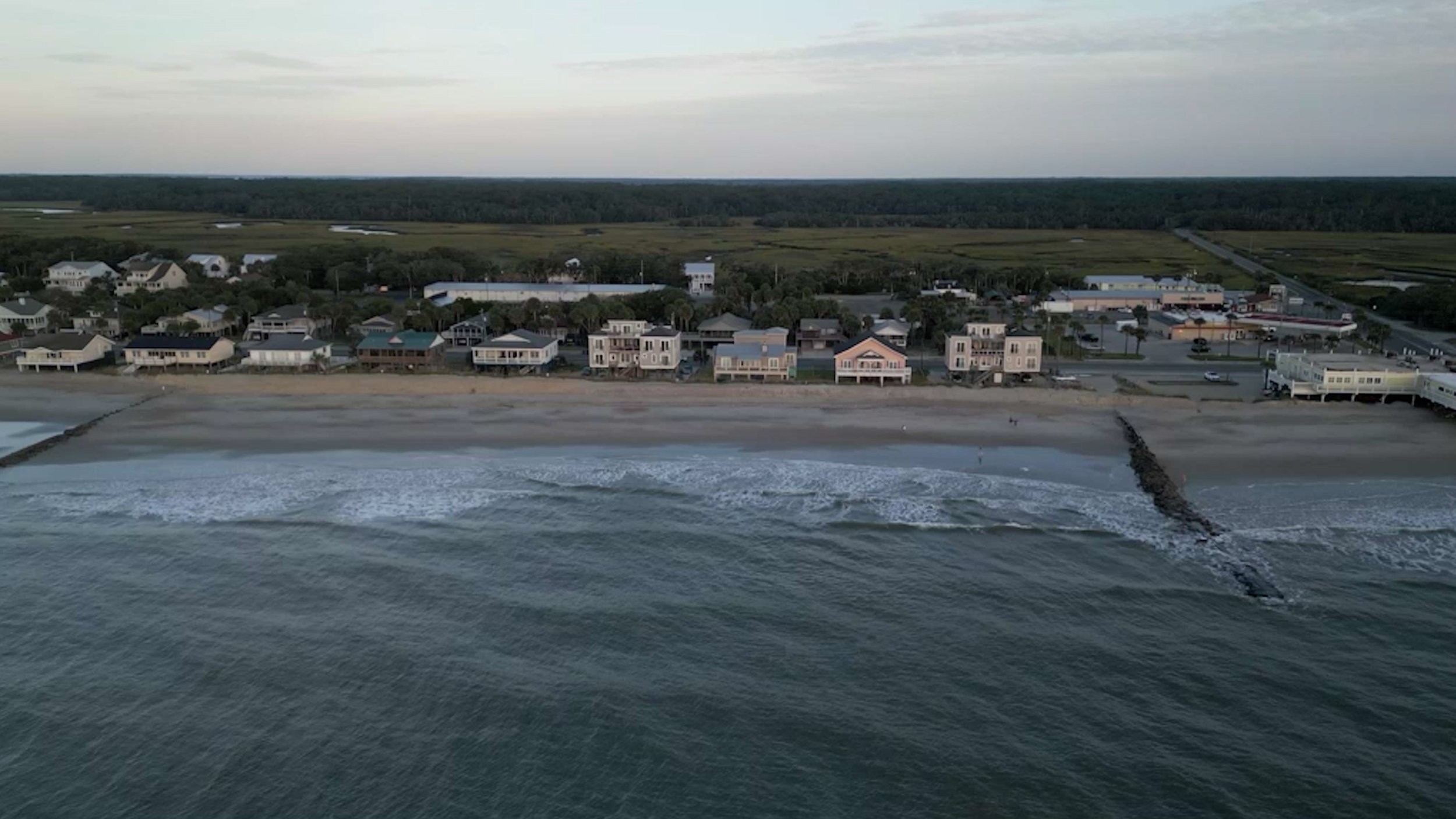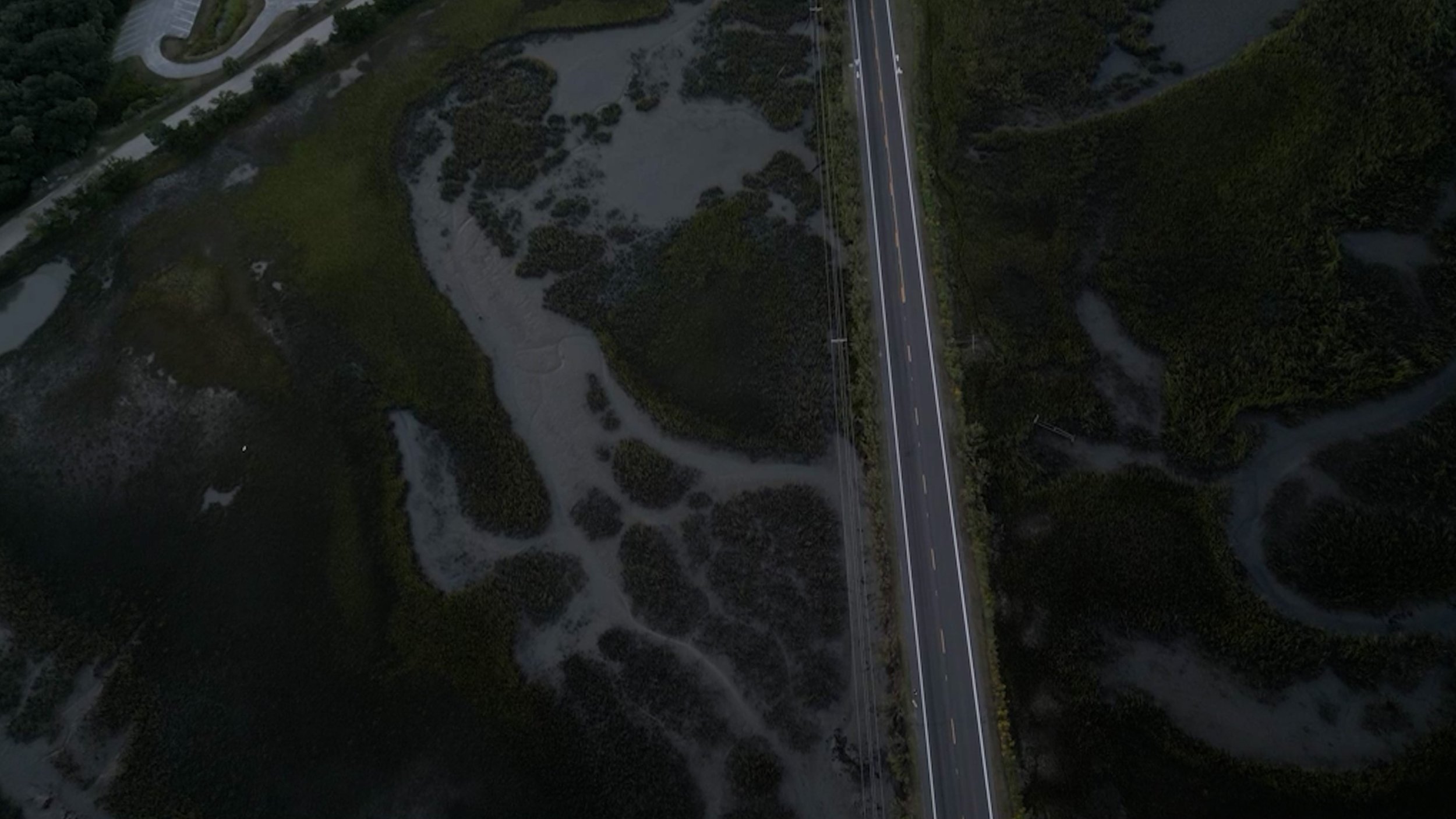The Story Fights Back
As I sit here editing a customer testimonial for Southeastern Paper Group, I’m reminded of a common point of conversation I often had with my former business partner and storytelling colleague, Nathan Clendenin.
As a brand storyteller, you’re not exactly a ‘creator.’ I’m not creating stories. And even though I’ll use the phrase “crafting stories”, it’s not accurate. Not at all.
Once I have all the footage filmed and I’m putting the story together, my role changes to that of a sculptor. It’s very similar to a paleontologist. I find myself digging beneath the surface, stripping away what’s there so that the bones (the structure of the story) will reveal itself.
You can call this part of the process “finding the story.” Granted, I do as much as I can in the planning phase to reduce the amount of time I spend here, but I can’t get rid of it. It’s an inevitable part of the storytelling process.
Nathan had an interesting perspective of “finding the story.” He anthropomorphized stories, speaking about them as if they were a living being with their own agenda. You wouldn’t tell the story, you would grapple with it. When you tried to force your will upon it, the story would be gravely offended and fight back.
It was his way of describing the inherent, inevitable logic of the story (what I earlier referred to as the bones). I say “inevitable” because I’ve learned that for every story I tell, it comes to me prepackaged with a theme and a set logic on how it needs to be told. Whenever I try to force it to be anything else other than what it is, I hit a wall of frustration.
You may even be familiar with this wall yourself. We often describe it with phrases like:
“It doesn’t feel right.”
”It doesn’t ‘click.’”
”It’s not working.”
Sitting here, editing this testimonial, I had hit this wall again. The story was fighting back.
The story I’m editing is a customer testimonial featuring McConkey’s Jungle Shack on Edisto Island, SC. We have this amazing drone footage (see below) captured by my 2nd shooter, Matthew Cotov, that I absolutely fell in love with. And I wanted to start the story with these shots and wow the audience.
The thing about documentary storytelling is that it’s multilayered. I can’t just throw in footage I think looks pretty, because what the audience sees must reinforce what they hear. Everything’s connected and must make sense to keep them invested in the story.
So, in order to create an intro with this amazing drone footage, I needed our characters describing Edisto Island. And the strongest soundbites of that is when the restaurateur, Jennie Smith, talks about protecting the beach and marshland. So, I laid down those lines… and watched my story collapse.
This one decision broke my story, slammed me with frustration, and had wallowing in self-doubt, cursing my complete lack of storytelling skill.
Why? Why did my story crumble? Because I had just broken a fundamental storytelling rule:
The opening lines of your story must introduce your topic and theme. In other words, what you open your story with is what your story is about.
Why? Because in the opening lines, you’re telling the audience:
“Sit back and enjoy a story about <this>.”
That’s when my story fought back.
I was fitting a square peg in a round hole. I was trying to make this story about this restaurant’s passion to use sustainable products in order to protect their beach home. When really, I only have a couple lines about that. Passionate lines, yes. But not enough supporting bones to make a story.
This story is actually about the importance of an efficient takeout system and how the right products can improve your workflow… and that it’s very important that they’re sustainable products.
I found myself smiling as I changed the intro. The all too familiar joy of “finding the story” flowed over me, washing away the self doubt and frustration. The story stopped fighting and everything suddenly clicked into place.
And that’s when the memory of Nathan popped into my head. We’re standing in our, small, dimly lit office, working across the table from each other. And he tells me, nodding knowingly, “The story fought back.”





